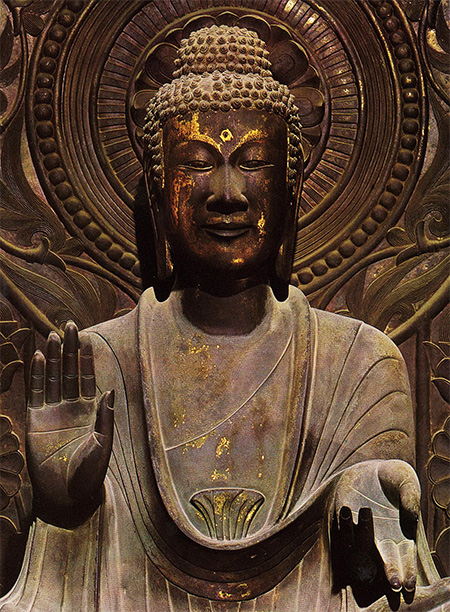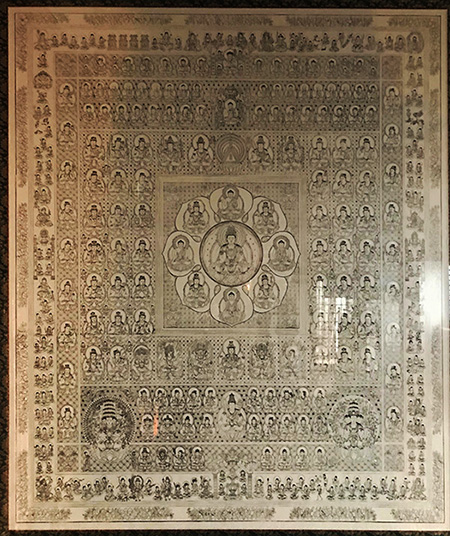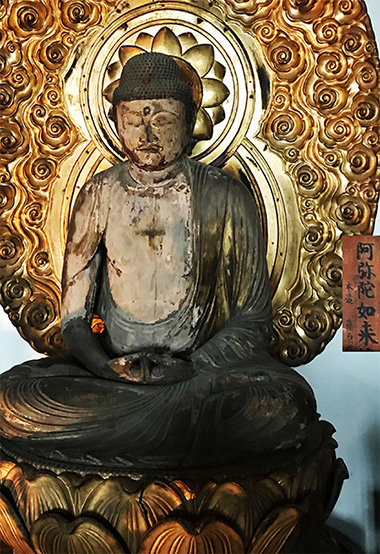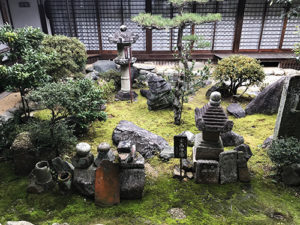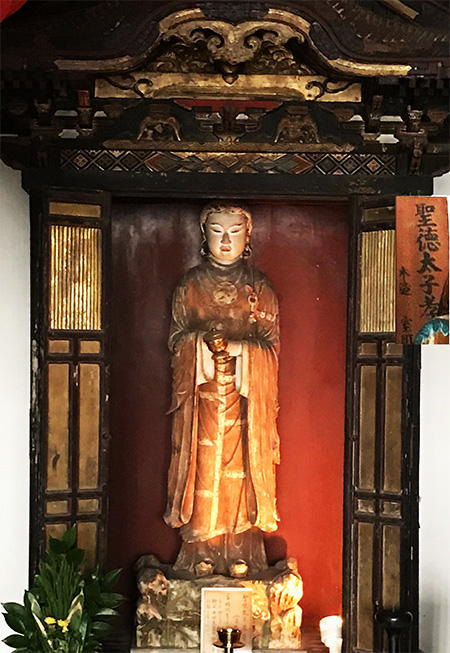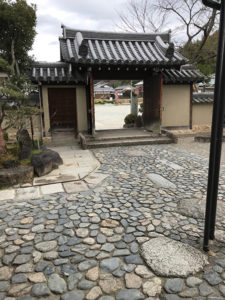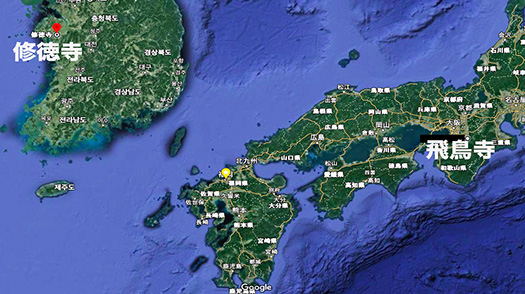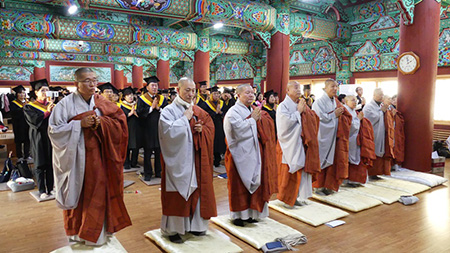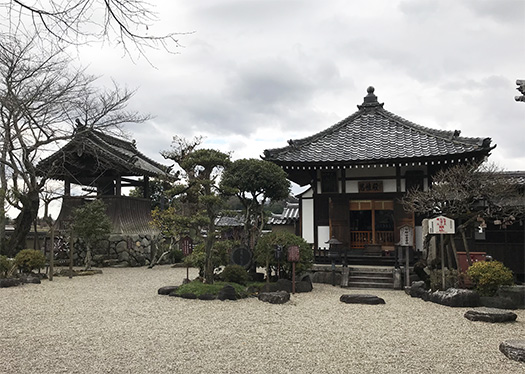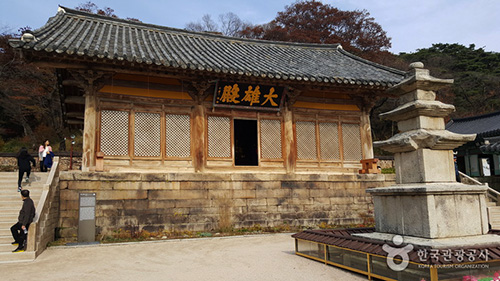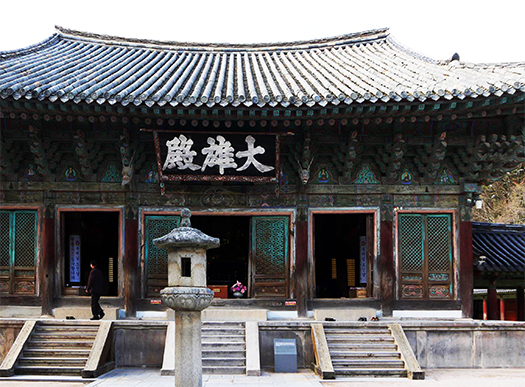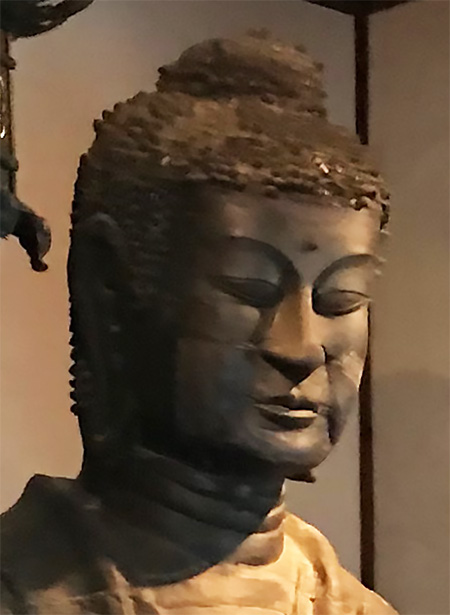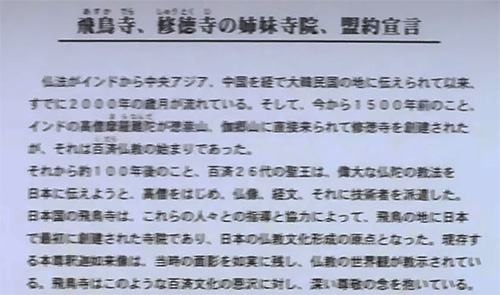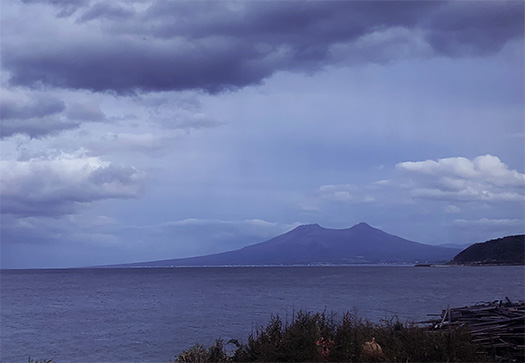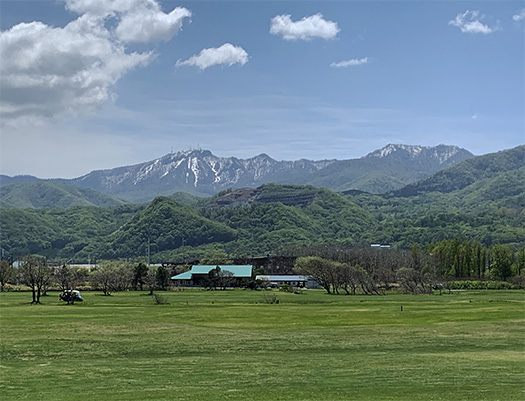
先日、数年ぶりにゴルフをやってきました。
なんとなくゴルフには縁遠くなってしまっていた。
ゴルフをやる動機というのはさまざまでしょうが、
その大きな魅力のひとつに複雑で精緻な自然と対話できることがあります。
ごく平坦に見える地面だけれど、たまたま一期一会でそこに置かれたボールが
その微妙なアンジュレーションを教えてくれるし、
風向きやその強弱、天候での下地の反応の違いなど、
実にたくさんの状況というものを判断しながら、ヘタなスイングで
勇気を持って立ち向かって行く・・・だいたいはミスショットになって
自然からまた教えられるし、未熟さも深く悟らされる(笑)
ほぼ難行苦行だと思いますが、それが楽しみでもある。
で、久しぶりに北海道で一番古いゴルフ倶楽部の小樽カントリー旧コースを遠望。
遠く手稲の山並みが見え、一方では銭函の海岸線も平行している。
まことに自然の営みに抱かれ大好きなコース。
新コースではいろいろなゴルフの大会も開催され続けてきた名門コース。
ただ、自分としてはこの写真遠望の旧コースクラブハウスが好きでした。
古い木造建築で、階段など昇降時にはややきしみを感じたりする。
それが不思議とおじいさんと対話するようで楽しみでもあったのですが、
ふと気付いたらなんと「リフォーム」されてしまっていた。
外観自体は大屋根の三角屋根がそのままで
各部位の老朽化をリフレッシュしたという改修だったようです。
クラブの会員でもないので、まったく知らなかったのですが、
2017年と言うから、もう4年前に改修されていたと言うことです。
ですがやや、悲しかった。
つい親しみを込めて「旧コース」とだけ名付けていたものが、
それが各部のリフレッシュのみとはいえ、失われてしまったことには、
愛惜の念が起こってきてしまった。
もし知っていれば、あの雰囲気は写真ででも記録しておきたかった。
自然の中で、ゴルフを楽しめるよろこびを感じさせてくれていた
高齢で重要なバイプレーヤーだったことに今更ながら気付いてしまったのです。
やや軋んでいた木造の建物自体に深く癒されていたのだなぁと。
しかし、全体の雰囲気自体は以前を踏襲しているので、
このような遠望での手稲山との対話ぶりとか、リンクスコースとしての
海との対話というようなものは変わりがない。
そのように配慮された改装ではあるので、この写真では
自然の中に慎ましく置かれているという雰囲気は感じられる。
建築という人間の営為にはいろいろな価値感があるでしょうが、
周辺環境、自然との良き関係ということは大切だと思わされます。
あ、スコアはまったく悲惨。が、気分はスッキリしていました(笑)。
English version⬇
[Natural modeling: Architectural beauty lost and known]
The other day, I played golf for the first time in a few years.
Somehow I was far from golf.
There are various motives for playing golf,
One of its great attractions is its ability to interact with complex and delicate nature.
The ground looks very flat, but the ball that happened to be there once in a while
It will teach you the subtle undulations and
The direction of the wind, its strength, the difference in the reaction of the groundwork depending on the weather, etc.
While judging a lot of situations, with a sloppy swing
Confront with courage … Mostly miss shots
I can be taught again by nature, and I am deeply aware of my immaturity (laughs)
I think it’s almost a penance, but I’m looking forward to it.
Then, after a long absence, I took a distant view of the old course of Otaru Country, the oldest golf club in Hokkaido.
The mountains of Teine can be seen in the distance, while the coastline of Zenibako is parallel.
This is a course that I really love because of the nature.
The new course is a prestigious course where various golf tournaments have been held.
However, I liked the old course clubhouse with a distant view of this photo.
It is an old wooden building, and you may feel a slight squeak when going up and down stairs.
It seemed strange to talk to my grandfather, and I was looking forward to it.
When I suddenly noticed it, it had been “remodeled”.
The appearance itself is the same as the triangular roof of the large roof
It seems that it was a renovation that refreshed the aging of each part.
I’m not a member of the club, so I didn’t know it at all
Since it is 2017, it means that it was renovated four years ago.
But it was a little sad.
What was just named “old course” with familiarity,
Although it is only a refresh of each part, what has been lost is
A feeling of love has happened.
If I knew it, I wanted to record that atmosphere even with a photo.
It made me feel the joy of playing golf in nature.
I realized that I was an old and important supporting player.
I was deeply healed by the slightly creaking wooden building itself.
However, the whole atmosphere itself is the same as before, so
Dialogue with Teineyama in such a distant view, as a links course
There is no change in the dialogue with the sea.
Since it is a renovation that takes such consideration into consideration, in this photo
You can feel the atmosphere of being modestly placed in nature.
There are various values in the human activity of architecture, but
It is important to have a good relationship with the surrounding environment and nature.
Oh, the score is totally miserable. However, I felt refreshed (laughs).
Posted on 10月 22nd, 2021 by 三木 奎吾
Filed under: 住宅マーケティング, 日本社会・文化研究 | No Comments »


